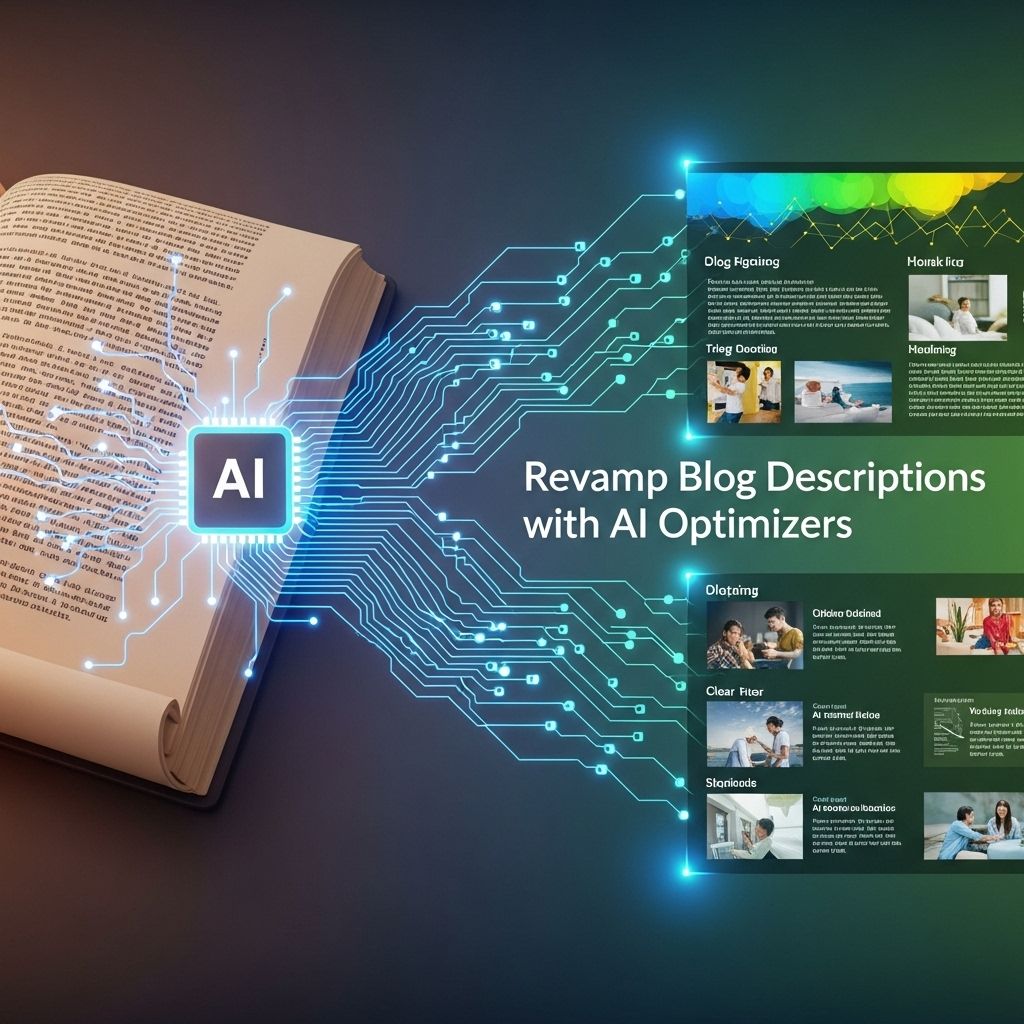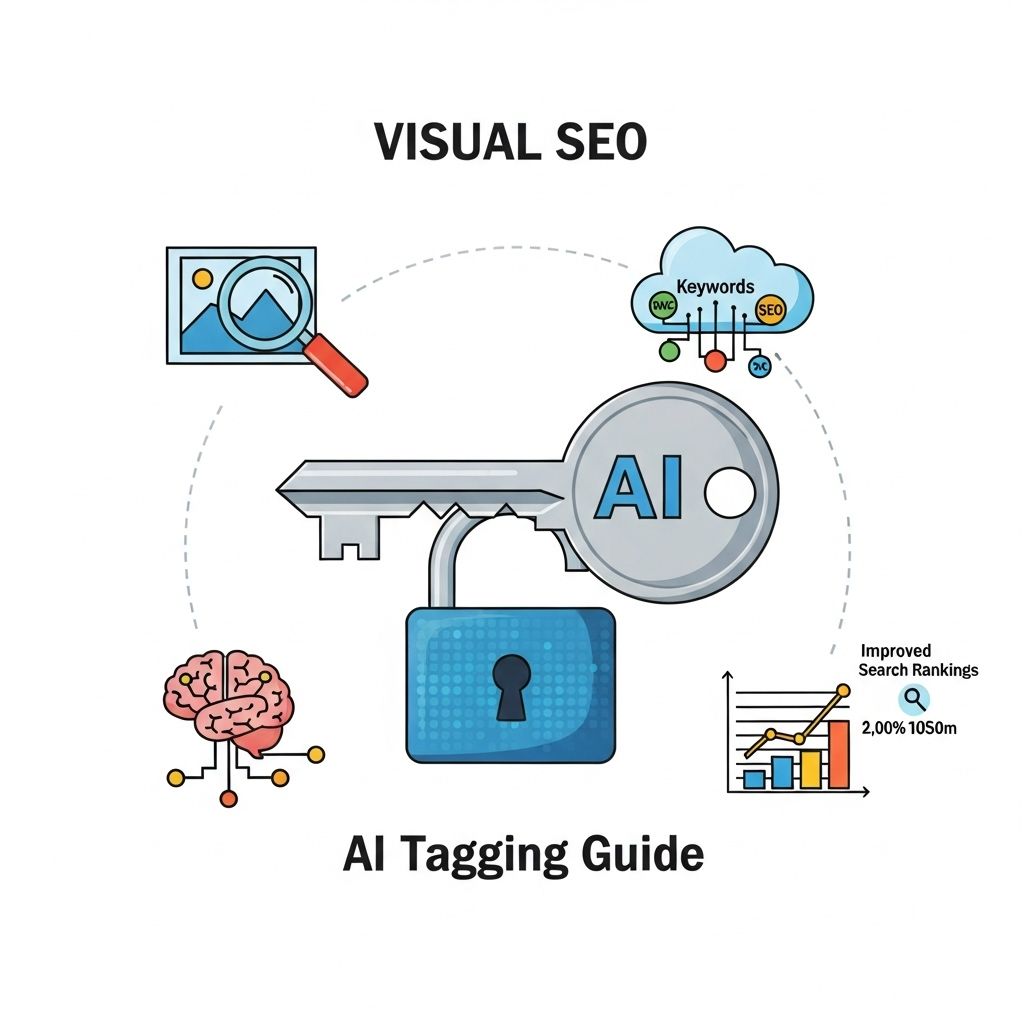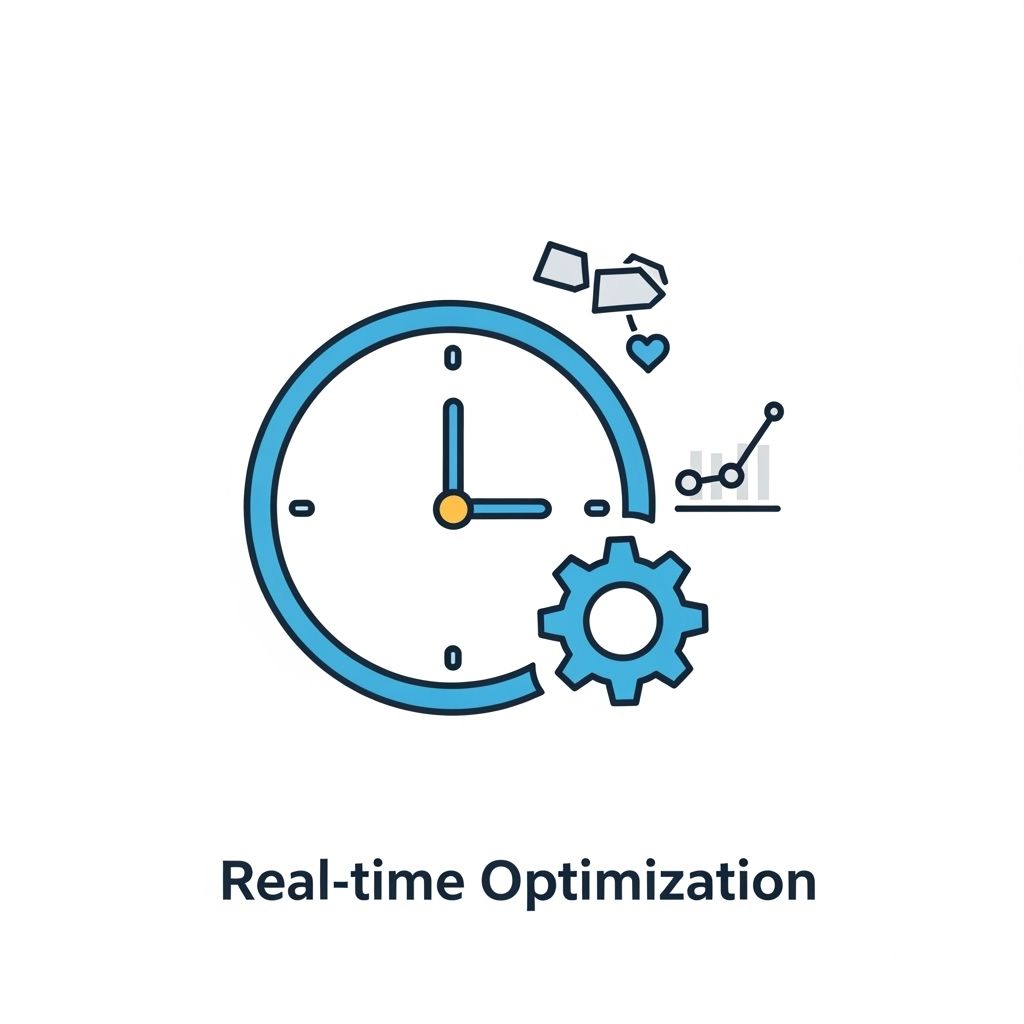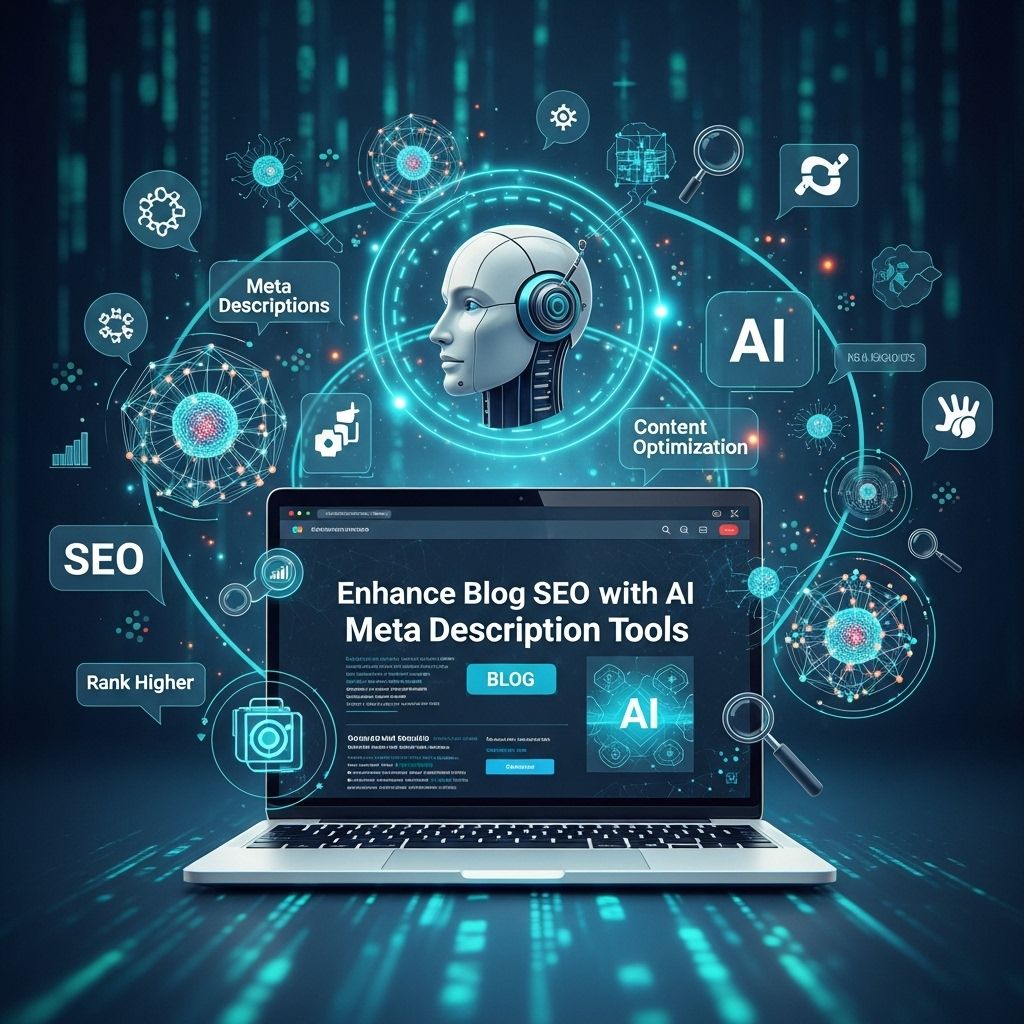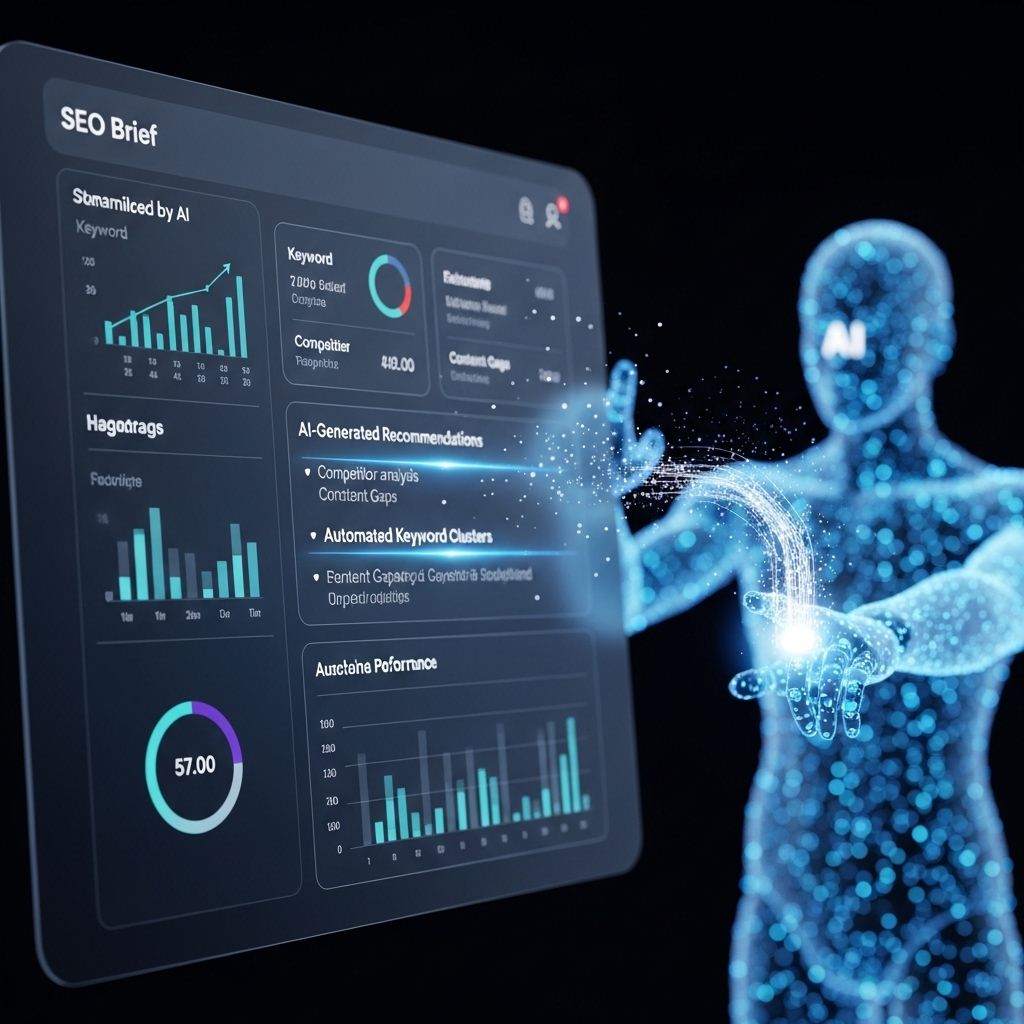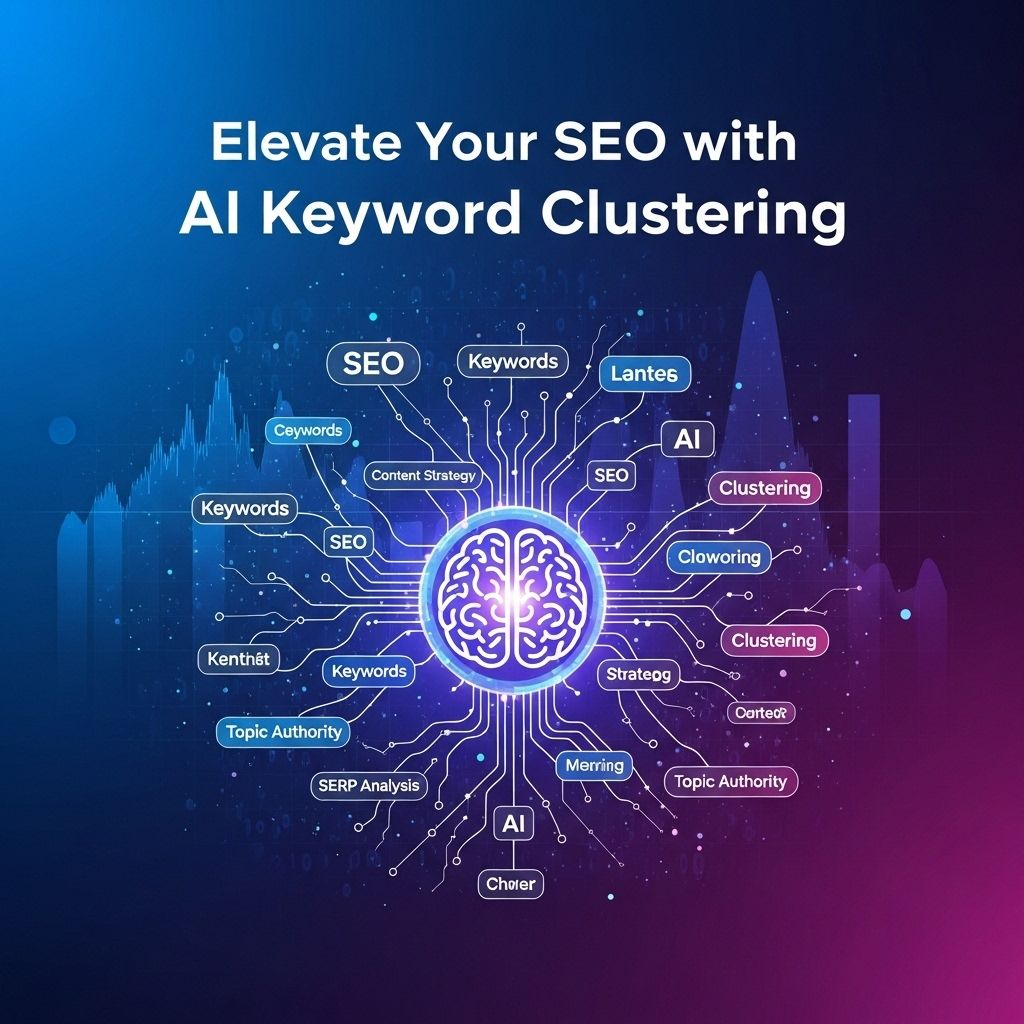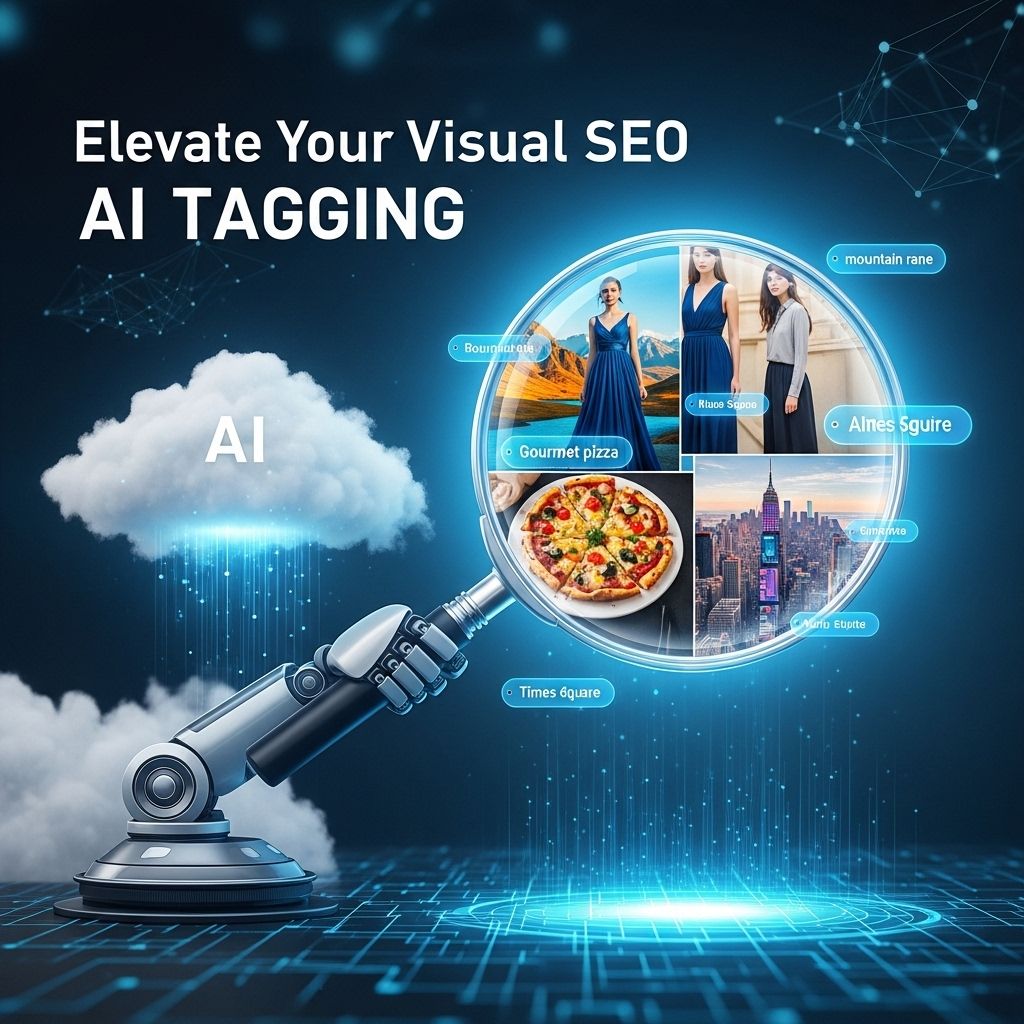Boost Your SEO with AI Image Tagging Tips
Discover effective AI image tagging tips to enhance your SEO strategy and improve your website's visibility in search engines.
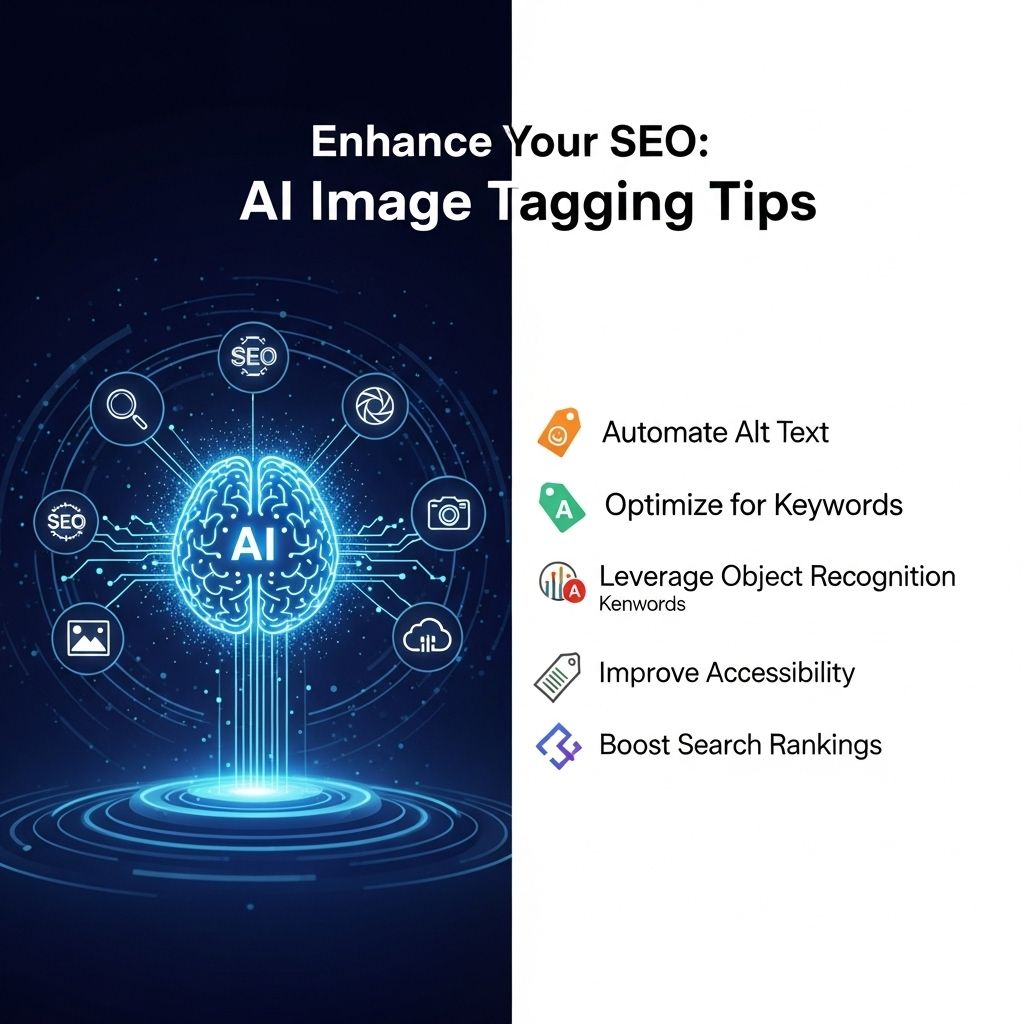
In the fast-evolving digital landscape, enhancing your website’s SEO is more critical than ever, especially with the rise of AI technologies. One area that often gets overlooked is image tagging, which can significantly impact your search engine rankings. This article delves into practical AI image tagging tips that can help improve your website’s visibility and drive more organic traffic.
Table of Contents
Understanding the Importance of Image SEO
Images play a pivotal role in the user experience and can contribute to your site’s SEO efforts. Search engines cannot ‘see’ images in the same way humans can, which is where image tagging comes into play. By providing context and information through tags, you can help search engines understand what your images are about, leading to better indexing and higher rankings.
Key Benefits of Image SEO
- Improved search engine rankings
- Increased organic traffic
- Enhanced accessibility for visually impaired users
- Higher click-through rates
- Better user experience
AI in Image Tagging
Artificial intelligence has revolutionized many aspects of digital marketing, including image tagging. AI tools can analyze images and generate tags based on content and context. This not only saves time but also ensures that your tags are relevant and optimized for search engines.
Popular AI Tools for Image Tagging
| Tool | Features | Price |
|---|---|---|
| Google Cloud Vision API | Image recognition, label detection, OCR | Pays as you go |
| Clarifai | Customizable image tagging, training capabilities | Free tier available, paid plans start at $30/month |
| Amazon Rekognition | Facial recognition, object and scene detection | Pays as you go |
| OpenAI’s DALL-E | Generate images from text prompts | Subscription-based |
Best Practices for AI Image Tagging
To maximize the effectiveness of AI image tagging, consider the following best practices:
1. Use Descriptive and Relevant Tags
Ensure that your tags accurately describe the content of the image. This not only helps search engines but also improves the user experience.
2. Include Keywords
Integrate relevant keywords into your image tags. However, avoid keyword stuffing, which can harm your SEO efforts.
3. Optimize Alt Text
Alt text is crucial for image accessibility. Use AI tools to generate alt text that correctly describes the image while incorporating target keywords where appropriate.
Integrating AI with Traditional SEO Techniques
While AI image tagging can enhance your SEO strategy, it should be used in conjunction with traditional SEO techniques. Here are some methods to align AI with conventional practices:
Utilize Structured Data
Implementing structured data can help search engines understand the context of images better. Use Schema.org markup to provide additional details about your images.
Monitor Image Performance
Regularly analyze how your images are performing in search results. Use tools like Google Analytics to track which images are driving traffic and which need improvement.
Ensure Fast Loading Times
Optimized images load faster, which is crucial for user experience and search engine rankings. Use AI tools to compress images without losing quality.
Future Trends in AI Image Tagging
As AI technologies evolve, so too will the capabilities of image tagging. Here are some trends to watch:
1. Enhanced Contextual Understanding
Future AI systems will likely understand the context and sentiment behind images, allowing for more nuanced tagging.
2. Automated Video Tagging
As video content becomes more prevalent, AI image tagging technologies may expand to include automated tagging of video frames.
3. Personalization
AI could help tailor image tags to individual user preferences, leading to a more personalized browsing experience.
Conclusion
Incorporating AI into your image tagging strategy is an innovative way to enhance your SEO efforts. By employing best practices and staying informed about emerging trends, you can improve your website’s visibility, user experience, and ultimately, your bottom line. Start leveraging AI image tagging today, and watch your organic traffic soar!
FAQ
What is AI image tagging?
AI image tagging is the process of using artificial intelligence algorithms to automatically assign descriptive tags or keywords to images, enhancing their visibility and searchability online.
How does AI image tagging improve SEO?
AI image tagging improves SEO by providing search engines with relevant keywords that help index images accurately, increasing the likelihood of appearing in search results and driving more organic traffic.
What are the benefits of using AI for image tagging?
The benefits of using AI for image tagging include increased efficiency, consistency in tagging, the ability to handle large volumes of images, and improved accuracy in identifying and categorizing visual content.
Can AI image tagging be used for e-commerce websites?
Yes, AI image tagging is particularly beneficial for e-commerce websites as it enables better product discovery, enhances user experience, and helps in optimizing product images for search engines.
What tools are available for AI image tagging?
There are several tools available for AI image tagging, including Google Cloud Vision, Amazon Rekognition, and Adobe Sensei, which offer various features to automate and optimize the tagging process.
How can I implement AI image tagging on my website?
To implement AI image tagging on your website, you can integrate AI tagging tools or APIs into your content management system, allowing for automatic tagging as you upload new images.

